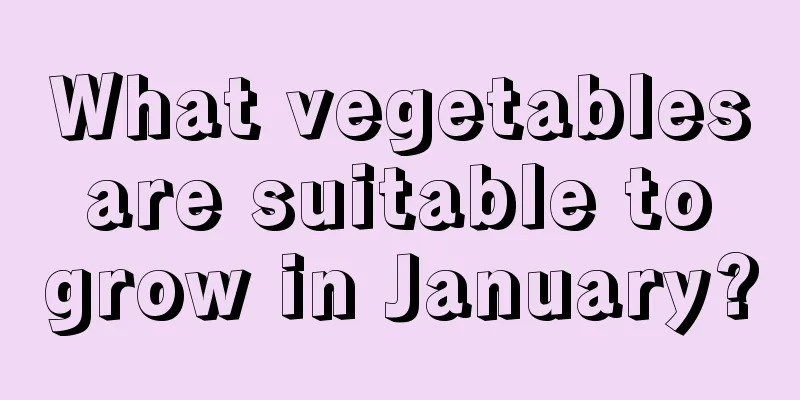Diseases and prevention methods of Gloxinia

Diseases of Gloxinia: blight nematode diseasesymptomBlight nematode disease is a common disease of Gloxinia, which is caused by nematode infection. It will harm the tender stems, young plants, surface stems and bases of branches and leaves of Gloxinia, causing the plants to soften and rot like they are soaked in water, and then gradually extend to the leaves, causing them to shrink and die. Prevention and treatment methodsBefore cultivation, the potting soil should be disinfected with steam or chloropicrin, and the tubers of Gloxinia should be soaked in warm water at 60°C for 5 minutes, or disinfected with Uspron. If you find that Gloxinia has been infected with this disease, you must pull out the affected plants and burn them. Diseases of Gloxinia: RotsymptomIt mainly harms the leaves, stems and young plants of Gloxinia, producing water-soaked dark brown necrotic spots on the leaves with ring patterns in the spots. In severe cases, the upper stems will become twisted and dwarfed. Mature plants will develop a large number of black sunken spots on the surface of the stems, which will crack open. The small black dots on the spots are arranged in a ring pattern with white hyphae on the edges. Prevention and treatment methodsBefore cultivating Gloxinia, spray the ground surface with 3 parts formaldehyde mixed with 1 part water and cover it with a film, or mix 7 parts 70% dichlorodiphenyltrichloroethane powder with 3 parts fine soil and sprinkle it on the ground for disinfection. In daily maintenance, pay attention to promptly removing diseased plants and burning them in time. Diseases of Gloxinia: Botrytis cinereasymptomIt is the main disease of African violet, which manifests as brown soft rot on the pedicels. Brown spots grow from the edges, and the surface has wrinkles and rings, which will spread to the entire leaf. When damp, a gray mold layer forms, which later turns yellow. In severe cases, the entire leaves, flowers and branches will turn brown and die. Prevention and treatment methodsDuring the disease period, use 500 times diluted 80% Mancozeb, or 1% Bordeaux mixture, or 500 times diluted 75% Benomyl, spray once every 10 days, and spray 2-3 times in a row. Diseases of Gloxinia: blightsymptomWhen the leaves are infected, they will become dark brown and softened like water stains. After spreading to the petioles, the leaves will rot and have narrow, sunken spots like water stains, which often expand into large patches or long strips. The disease in the stems will also spread to the petioles, causing the leaves to bend. Prevention and treatment methodsAt the early stage of the disease, spray 600 times diluted 72.2% Prolike aqueous solution or 600 times diluted 72% Kelu wettable powder, 1000 times diluted 60% Fluazifop (Fluoromac, Mancozeb) wettable powder, 500 times diluted 25% Metalaxyl wettable powder. |
<<: Common diseases of nasturtium and their prevention and control methods
>>: Common diseases and pests of mirror grass and their prevention and control methods
Recommend
Maintenance and shaping of cypress bonsai
Maintenance Fertilization Poinciana has strong ad...
How to propagate the beauty plum
Cutting method of beauty plum Cutting method is t...
Soybean cultivation technology and time
Soybean is a type of soybean and an important eco...
Cultivation methods and maintenance of old wisteria piles
How to grow wisteria into an old tree Due to the ...
Good luck plants for home placement
chrysanthemum Chrysanthemum is a traditional famo...
How long is the growth cycle of pineapple?
Introduction to Pineapple Growth Pineapple is a t...
Does the red spider lily like light? How cold can the red spider lily tolerate?
1. Do you like light? Red spider lily does not li...
Flower language and meaning of Kylin Palm
Euphorbia flower language Brave The shape of the ...
What fertilizer should be applied to potted grapes?
1. Fertilizer application Fertilizing potted grap...
How to breed leeches
Leeches, commonly known as leeches , are a relati...
What to do if you overwater your orchid
Overwatering orchids Reasons for overwatering: In...
How to grow Staghorn Begonia in summer
Growth habit First of all, let’s talk about its g...
How to deal with the evergreen after it blooms? Should it be cut off after it blooms?
Treatment after flowering of Dieffenbachia 1. Con...
What should I do if the money tree is frozen? Are you afraid of freezing if I put it indoors?
1. Keep warm After the money tree is frostbitten,...
Disease and Pest Control of Dendrobium roseum
Diseases Black spot It seems that many kinds of f...









